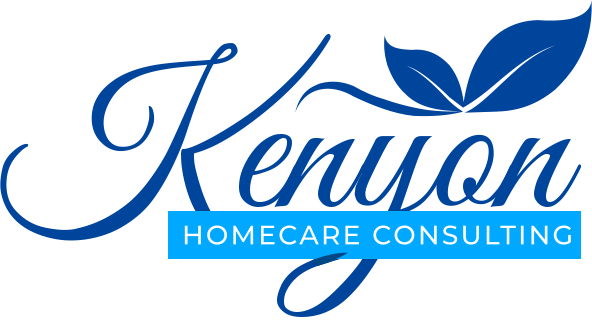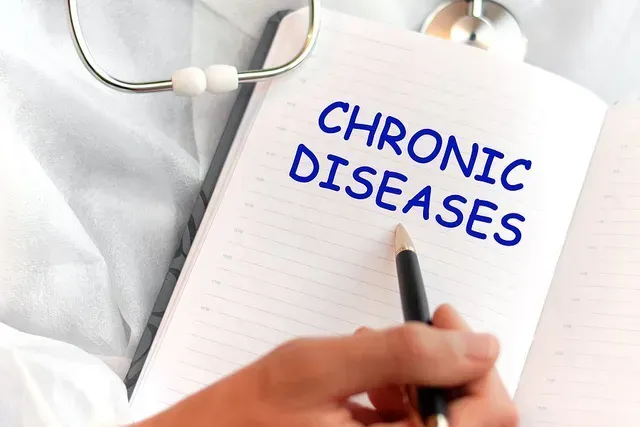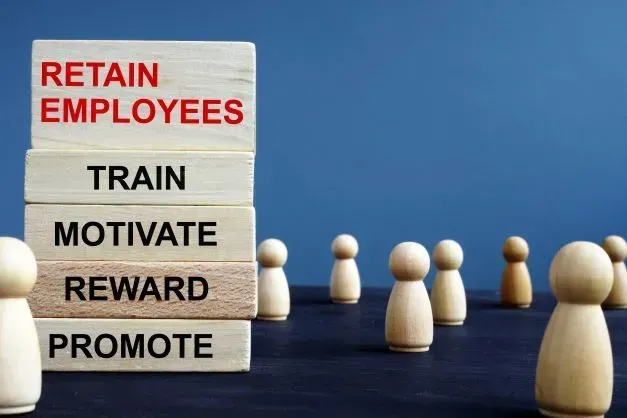Having Trouble Putting All The Pieces Of Puzzle Together In Your Agency? An Operational Assessment Helps You Find Out What You Are Missing
As administrators, very few us of have all the pieces of the business puzzle in our wheelhouse. It is why we have people with strengths different than our own on the administrative team. The reality is that putting the clinical, financial, and operational parts of our businesses together can be tough sometimes. Plus, we are deep in the thick of the day-to-day that it often becomes difficult to see a problem clearly or know the way to fix it. We are often too close to the situation. In so many ways, this closeness to our businesses and staff is a good thing. However, it can also be a hindrance. These are times to consider an operational assessment by an objective and neutral expert.
What Is An Operational Assessment?
There is so much data involved in a comprehensive operational assessment. For the purposes of this article, we will break down the three components of the assessment by showing what some of the things we look at in order to evaluate the successes and need for improvements within the agency.
1. Here are some of the things we pull in the financial component:
- Annual financial statements, current year-to-date financial statements, quarterly statements for last 5 quarters, detailed trial balance, detailed chart of accounts, last 2 years of most reporting
- Assets: cash accounts and significant cash investments, detailed aged accounts receivable , list of inventory, fixed asset and depreciation schedules, property tax appraisals, copy of notes receivable
- Liabilities: accounts payable listing, accrued liabilities, notes payable and other interest-bearing debt
- Revenue: visits rendered by episode completed for 3 years, visits rendered every fiscal period for 3 years, revenue by payer, by month, and by fiscal period for 3 years, identification of PEP, LUPA and outliers by month for last 3 years.
- Taxes: federal and state returns for last 3 years
- Contracts: includes service contracts, leases, and personnel contracts
- Management and employee data : organizational charts, compensation rates, benefit plans, payroll methods, insurance plans, Worker’s compensation, life insurance plans for key personnel
2. Here are some things we pull for the clinical component:
- Review of clinical policies and procedures, forms, ADR review/ denials, record retention/ protection, productivity review, operational flow admission to rap, comprehensive patient assessment review, plan of care review, order review, visit determination, care coordination, documentation review
- Oasis: audits, ICD 10 coding audit, Oasis late lock review, top HHRG, top 3 diagnoses
- CQI: adverse events, initiative and outcomes, satisfaction surveys (patient, physician, referral sources), infection control, incident reports (follow-up/ resolution), complaint process (follow-up/ resolution), home health compare data
3. Here are some of the things we pull for the operational component:
- Agency qualifications: license verifications, medical director qualifications, administrative review
- Regulatory compliance: last 3 surveys, interviews with key personnel, patient rights, Oasis confidentiality and submission, emergency preparedness plan including training and implementation
- Organizational/ Service/ Administration: administrative oversight, line of authority, delegation, services offered, governing body, clinical management, personnel records, performance evals, background checks, competencies, orientation, education, operational/administrative policy manual review
- Legal: Bylaws, amendments, Secretary of State registration, board of directors meeting minutes, financial committee meeting minutes, all buy-sell agreements, all reports of examination by government agencies such as OSHA, IRS, EPA, and EEOC, details of litigation including pending or threatened lawsuits, attorney invoices.
- Marketing: list of 5 largest customers, business plans, benchmarking data, brochures, pricelists, catalogs and other service information
Now, as we stated, this list is not complete. It is also part of the information used when completing a due diligence for someone looking to sell their business or buy someone else’s. After compiling all the data, the next step is for the clinical and financial consultant to put the data together and come up with an operational plan that improves patient outcomes, financial health, and clinical functions. It is a process and allows the agency to take a deeper look into making real change that head you in the direction of success and better problem solving. Many times, the process measures to complete day-to-day activities need streamlined to improve efficiency and eliminate unnecessary steps in your operational flow. Other times, we have staff mismatched in the roles they play within your agency and restructuring the work is necessary.
If you are struggling or want to look at ways to improve your operations, Kenyon Homecare Consulting can help. We offer senior level consultants with decades of experience in the home health and hospice industry. Call us today at 206-721-5091 or contact us online to see how we can help you reach your agency goals.
Results Based Consulting
Did you find value in this blog post? Imagine what we can do for your home care or hospice agency. Fill out the form below to see how we're leading the industry with innovation, affordability, and experience.










